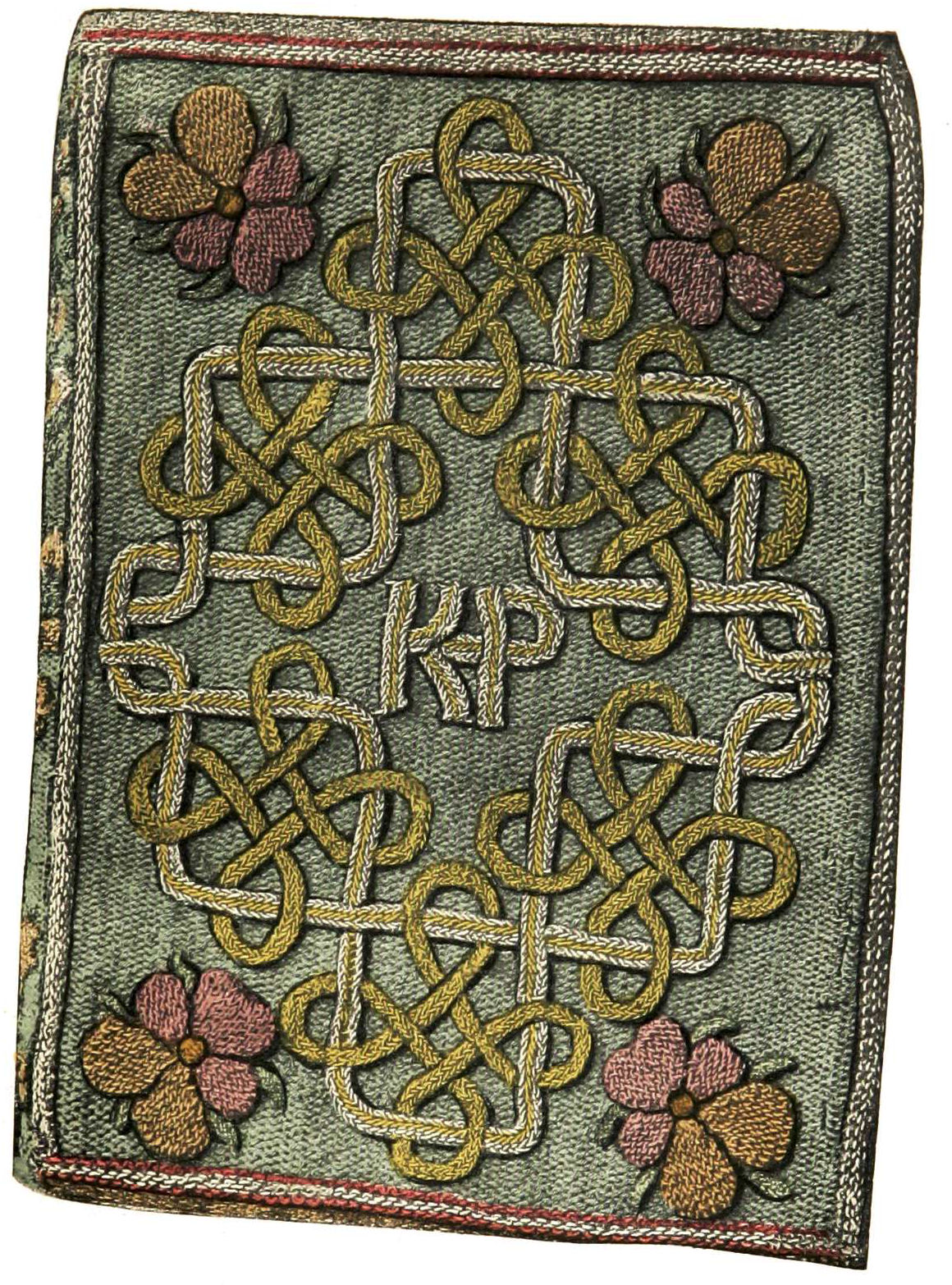Plainweave on:
[Wikipedia]
[Google]
[Amazon]
 In
In
 In
In embroidery
Embroidery is the craft of decorating fabric or other materials using a needle to apply thread or yarn. Embroidery may also incorporate other materials such as pearls, beads, quills, and sequins. In modern days, embroidery is usually seen ...
, plainweave is a technical category of woven base fabrics that are suitable for working certain varieties of embroidery. Plainweave fabrics have a tight weave and individual threads are not readily visible. Surface embroidery may be performed on plainweave, such as crewel work, goldwork, stumpwork, cutwork
Cutwork or cut work, also known as ''punto tagliato'' in Italian, is a needlework technique in which portions of a textile, typically cotton or linen, are cut away and the resulting "hole" is reinforced and filled with embroidery or needle lace.
...
, and candlewicking
Candlewicking, or candlewick is a form of whitework embroidery that traditionally uses an unbleached cotton thread on a piece of unbleached muslin. It gets its name from the nature of the soft spun cotton thread, which was braided then used to f ...
.
Embroideries that can be performed on plainweave do not require the crafter to perform stitches at a precise thread count. Most woven fabrics that were not specifically manufactured for the purpose of embroidery qualify as plainweave. Traditionally, linen
Linen () is a textile made from the fibers of the flax plant.
Linen is very strong, absorbent, and dries faster than cotton. Because of these properties, linen is comfortable to wear in hot weather and is valued for use in garments. It also ...
plainweave is the preferred fabric for crewel embroidery. Other plainweaves suitable for crewel include denim
Denim is a sturdy cotton warp-faced textile in which the weft passes under two or more warp threads. This twill weaving produces a diagonal ribbing that distinguishes it from cotton duck. While a denim predecessor known as dungaree has been p ...
, sailcloth
Sailcloth encompasses a wide variety of materials that span those from natural fibers, such as flax, hemp or cotton in various forms of sail canvas, to synthetic fibers, including nylon, polyester, aramids, and carbon fibers in a variety of wov ...
, ticking Ticking is a type of cloth, traditionally a tightly-woven cotton or linen textile. It is traditionally used to cover tick mattresses and bed pillows. The tight weave makes it more durable and hinders the stuffing (straw, chaff, hair, down feathers, ...
, and organdy when worked in wool
Wool is the textile fibre obtained from sheep and other mammals, especially goats, rabbits, and camelids. The term may also refer to inorganic materials, such as mineral wool and glass wool, that have properties similar to animal wool. ...
.
Plainweave uses
Historic eighteenth century crewel embroidery preferentially used a linen andcotton
Cotton is a soft, fluffy staple fiber that grows in a boll, or protective case, around the seeds of the cotton plants of the genus '' Gossypium'' in the mallow family Malvaceae. The fiber is almost pure cellulose, and can contain minor pe ...
twill
Twill is a type of textile weave with a pattern of diagonal parallel ribs. It is one of three fundamental types of textile weaves along with plain weave and satin. It is made by passing the weft thread over one or more warp threads then ...
plainweave because it wore well. The fabric's diagonal rib was regarded as an esthetically pleasing contrast to the embroidery, although sometimes it was brushed before working to create a smoother nap. This material, known as ''fustian'' originated in Fustât
Fusṭāṭ ( ar, الفُسطاط ''al-Fusṭāṭ''), also Al-Fusṭāṭ and Fosṭāṭ, was the first capital of Egypt under Muslim rule, and the historical centre of modern Cairo. It was built adjacent to what is now known as Old Cairo by t ...
in ancient times and was probably the forerunner of velvet
Weave details visible on a purple-colored velvet fabric
Velvet is a type of woven tufted fabric in which the cut threads are evenly distributed, with a short pile, giving it a distinctive soft feel. By extension, the word ''velvety'' means ...
.
Almost any plainweave fabric can be made suitable for goldwork and other metal embroidery. Fine linen is among the easiest to work with. Silk has been the preferred fabric historically in clerical and royal garments to achieve a shiny and sumptuous effect. Lightweight or stretchy plainweaves may require stabilization to prevent puckering. Traditionally a backing of linen or muslin
Muslin () is a cotton fabric of plain weave. It is made in a wide range of weights from delicate sheers to coarse sheeting. It gets its name from the city of Mosul, Iraq, where it was first manufactured.
Muslin of uncommonly delicate hands ...
would be used as a stabilizing element. Dressmaker's interlining and water-soluble paper are contemporary alternatives.
Whitework
Whitework embroidery is any embroidery technique in which the stitching is the same color as the foundation fabric (traditionally white linen). Styles of whitework embroidery include most drawn thread work, broderie anglaise, Hardanger embroider ...
may be worked on either plainweave or counted thread fabric. When worked on plainweave it is known as ''fine white''. Organdy, sheer Dacron
Polyethylene terephthalate (or poly(ethylene terephthalate), PET, PETE, or the obsolete PETP or PET-P), is the most common thermoplastic polymer resin of the polyester family and is used in fibres for clothing, containers for liquids and fo ...
, lawn, batiste
Cambric or batiste, is a fine dense cloth. It is a lightweight plain-weave fabric, originally from the commune of Cambrai (in present-day northern France), woven greige (neither bleached nor dyed), then bleached, piece-dyed, and often ...
, muslin, net, and sheer muslin and wool are suitable plainweaves for this type of embroidery.
Stumpwork embroidery can be done on nearly any fabric including silk, satin, felt, linen, cotton, and wool.
Notes
References
* * Embroidery {{textile-arts-stub